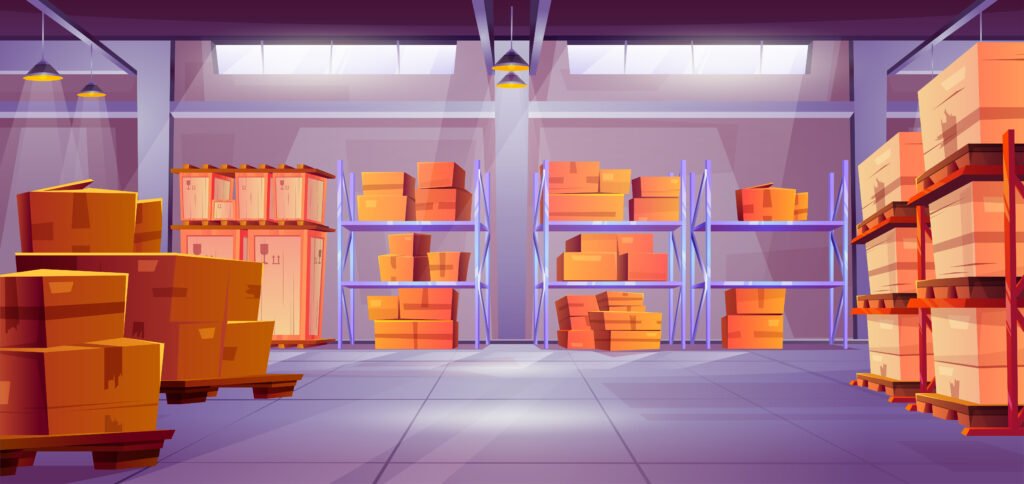
The History and Evolution of Warehousing
Warehousing has been a crucial part of human civilization for thousands of years. From ancient grain storage in Egypt to AI-powered fulfillment centers, the evolution of warehousing has shaped trade, commerce, and supply chains.
Let’s take a journey through time to understand how warehousing has transformed over the years.
Ancient Warehousing: The Birth of Storage
🏺 Egypt & Mesopotamia (3000 BCE – 1000 BCE)
- Early civilizations built granaries to store surplus food and prevent shortages.
- Mesopotamians used clay tablets for inventory tracking, an early form of warehouse management.
🏛 The Roman Empire (500 BCE – 476 CE)
- Romans developed Horreum (public warehouses) to store food, wine, and textiles.
- Introduced record-keeping systems that laid the foundation for modern inventory management.
Medieval Warehouses: Expanding Trade
🏰 The Middle Ages (500 CE – 1500 CE)
- Merchants & traders used warehouses for goods like spices, silk, and gold.
- Harbor cities like Venice and London built large storage houses to support maritime trade.
Industrial Revolution: The Rise of Modern Warehousing
⚙️ 18th-19th Century (1750 – 1900)
- Mass production increased the need for large warehouses.
- Railways & steamships improved transportation and logistics.
- Warehouse districts emerged in major cities, transforming supply chains.
20th Century: The Rise of Distribution Centers
📦 Early 1900s – Mid 1900s
- The introduction of conveyor belts & forklifts made warehousing more efficient.
- Retail giants like Sears pioneered large-scale warehouse operations.
🚚 Late 1900s: Warehouses Go High-Tech
- Barcoding & Warehouse Management Systems (WMS) improved inventory tracking.
- The Just-in-Time (JIT) system reduced excess storage and enhanced efficiency.
21st Century: Smart Warehousing & Automation
🤖 2000s – Present
- AI-driven robotics, IoT sensors, and automated vehicles streamline warehouse operations.
- E-commerce fulfillment centers enable rapid shipping (e.g., Amazon & Alibaba).
- Warehouses focus on sustainability, using solar energy and eco-friendly designs.
The Future of Warehousing
🚀 What’s Next?
- AI-powered predictive inventory to reduce waste.
- Drones & autonomous vehicles for faster deliveries.
- Underground & vertical warehouses to optimize urban space.
Final Thoughts
From ancient granaries to smart fulfillment centers, warehousing has evolved to become a critical pillar of global trade. As technology advances, warehouses will continue to innovate, making logistics faster, smarter, and more efficient.
💡 What do you think the future of warehousing will look like? Let’s discuss in the comments!

very intersting